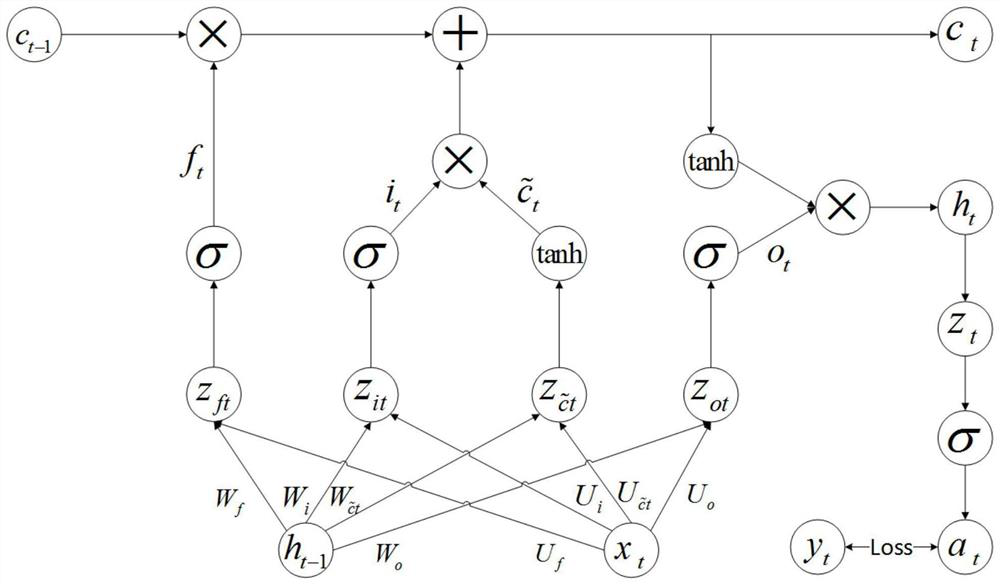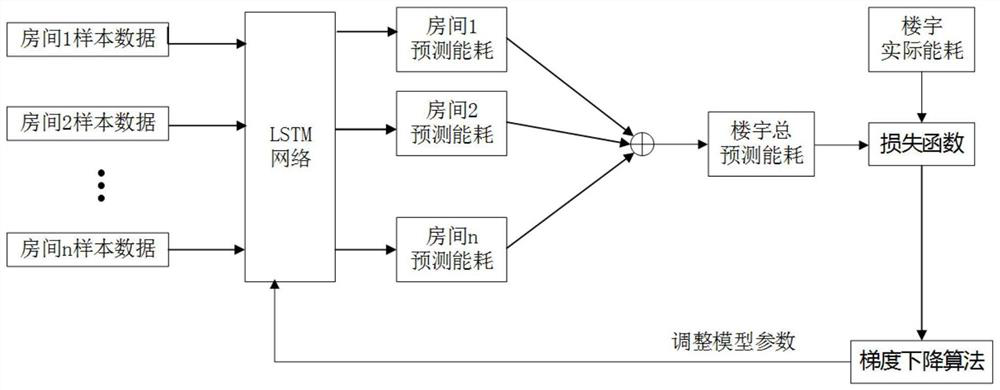A tail end space energy consumption prediction method based on building total energy consumption, a medium and equipment
A technology of energy consumption prediction model and total energy consumption, which can be applied in prediction, neural learning method, biological neural network model, etc., and can solve difficult problems.
- Summary
- Abstract
- Description
- Claims
- Application Information
AI Technical Summary
Problems solved by technology
Method used
Image
Examples
Embodiment Construction
[0044] The present invention provides a terminal space energy consumption prediction method based on the total energy consumption of the building, which can predict the energy consumption generated by the space according to the indoor and outdoor environment changes of the terminal space in the building; the information used for prediction includes weather, building structure, and flow of people Density, electrical and lighting power, indoor environment and terminal controller setting parameters. Among them, the building structure is abstracted into four variables: exterior wall area, exterior wall heat transfer coefficient, window-to-wall area ratio, and space volume, so that the model can be applied to different end spaces; the total energy consumption of the building is equal to the sum of end space energy consumption The relationship between the long-short-term memory network (LSTM) forward calculation and reverse gradient update process is adjusted, and the total energy co...
PUM
 Login to View More
Login to View More Abstract
Description
Claims
Application Information
 Login to View More
Login to View More - R&D
- Intellectual Property
- Life Sciences
- Materials
- Tech Scout
- Unparalleled Data Quality
- Higher Quality Content
- 60% Fewer Hallucinations
Browse by: Latest US Patents, China's latest patents, Technical Efficacy Thesaurus, Application Domain, Technology Topic, Popular Technical Reports.
© 2025 PatSnap. All rights reserved.Legal|Privacy policy|Modern Slavery Act Transparency Statement|Sitemap|About US| Contact US: help@patsnap.com



